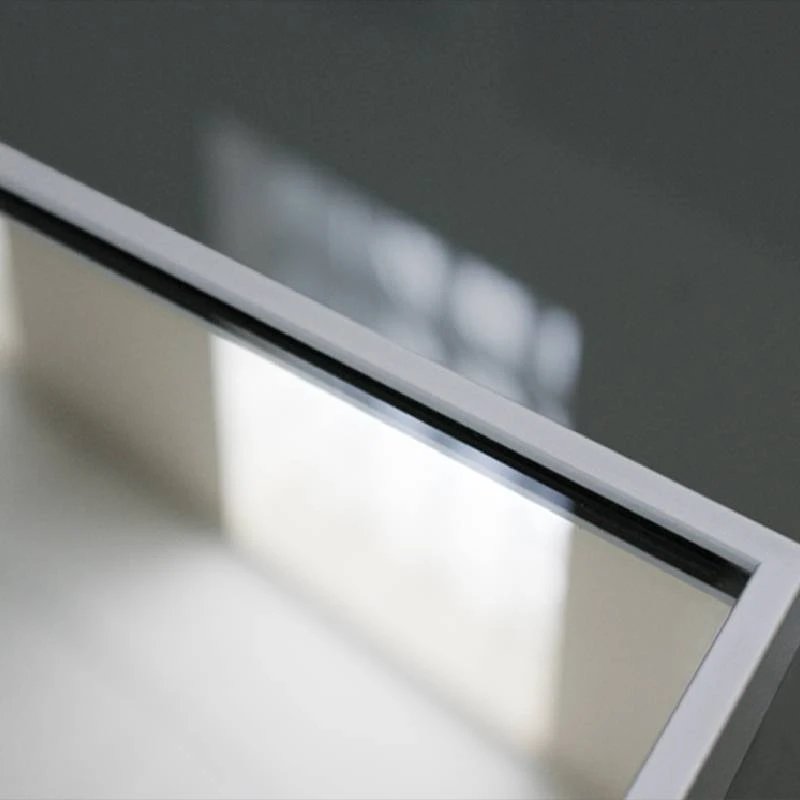

The Allure and Applications of Dark Reflective Glass
In the realm of architectural design and modern construction, dark reflective glass has emerged as a prominent choice. Its unique aesthetic appeal, combined with functional benefits, has made it a favorite among architects, designers, and builders. This article delves into the characteristics, applications, and advantages of dark reflective glass, highlighting why it has become an essential material in contemporary architecture.
Characteristics of Dark Reflective Glass
Dark reflective glass is distinguished by its deep, often tinted surface that reflects light. The reflectivity can vary, depending on the specific coatings and manufacturing processes used. Typically available in shades of gray, bronze, or even black, this type of glass not only serves a practical purpose but also elevates the visual impact of buildings. The reflective quality allows the glass to blend seamlessly with its surroundings, creating a dynamic relationship between the structure and its environment.
The tinting process enhances the solar control properties of the glass. It reduces glare and limits the amount of heat entering the building, making it an energy-efficient choice. The high-performance coatings applied during manufacturing further improve thermal insulation, thus contributing to lower energy consumption in heating and cooling.
Aesthetic Appeal
One of the most compelling reasons for the growing popularity of dark reflective glass is its aesthetic versatility. It imparts a sleek, modern look to buildings, often associated with luxury and sophistication. The reflective surface can create striking visual effects, particularly in urban environments where buildings catch and play with natural light. The changing reflections throughout the day lend an ever-evolving character to structures, making them visually engaging from every angle.
Architects often use dark reflective glass to emphasize specific design elements or to create a dramatic facade. Tall skyscrapers, corporate offices, and commercial establishments frequently incorporate this material to project an image of strength and professionalism. Moreover, when combined with other materials such as steel or concrete, dark reflective glass can provide a stunning contrast, enhancing the overall design.
Practical Applications

The applications of dark reflective glass are manifold. In commercial architecture, it is used extensively for storefronts and office buildings where a polished appearance is paramount. The reflective quality of the glass not only serves an aesthetic purpose but also adds a layer of security by making it difficult to see inside from the street, thus deterring potential intruders.
In residential settings, dark reflective glass is becoming increasingly popular in modern homes. Large windows and glass sliding doors equipped with this material provide unobstructed views of the outdoors while maintaining privacy. Furthermore, it helps homeowners reduce energy costs by minimizing reliance on artificial lighting and climate control.
The use of dark reflective glass is not limited to new constructions. It can also be applied in retrofitting projects to update the appearance and energy efficiency of older buildings. Moreover, it’s an excellent choice for creating outdoor spaces, such as patios and balconies, where it can shield occupants from harsh sunlight while enhancing the overall ambience.
Environmental and Economic Benefits
Beyond aesthetic and functional attributes, dark reflective glass presents several environmental benefits. By improving a building’s thermal performance, it contributes to energy savings, which is increasingly important in today’s environmentally conscious world. Many designs now aim for LEED certification or similar accolades, and using high-performance glass can significantly aid in that pursuit.
Economically, while the initial investment in dark reflective glass may be higher than traditional glazing, the long-term savings on energy costs often justify the expense. The durability of reflective glass also means fewer replacements and repairs over time, further adding to its cost-effectiveness.
Conclusion
Dark reflective glass embodies the intersection of design, functionality, and sustainability, making it a valuable material for modern architecture. Its ability to enhance the aesthetic allure of buildings while providing practical benefits like energy efficiency and privacy has cemented its status as a desirable choice among architects and builders. As we continue to prioritize innovative and sustainable design in our architectural endeavors, the role of dark reflective glass will undoubtedly expand, shaping the skyline of our cities for years to come.